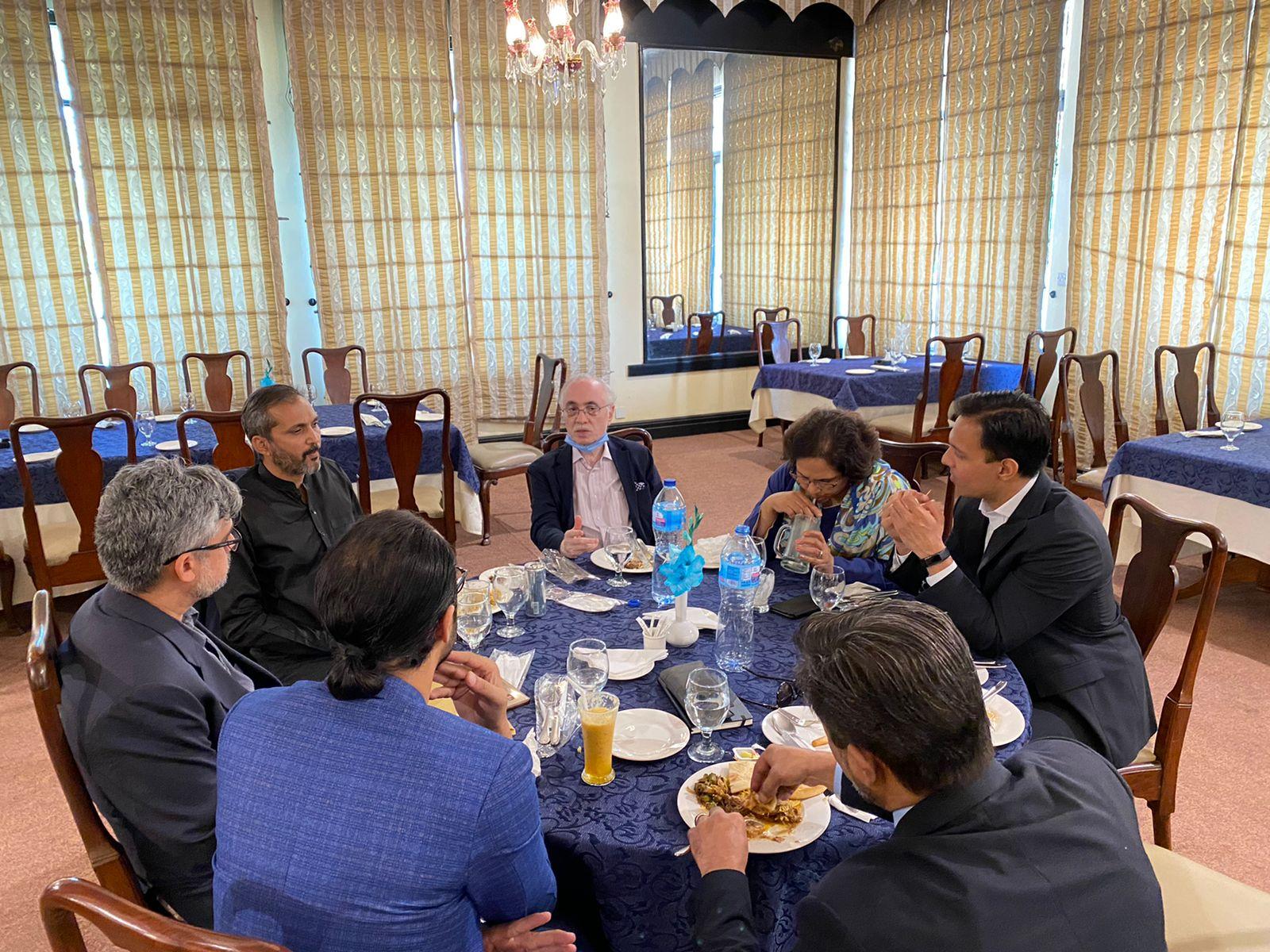
Dr. Nadhra Shahbaaz Naeem Khan, Associate Professor, Department of Humanities and Social Sciences, Mushtaq Ahmad Gurmani School of Humanities and Social Sciences (MGSHSS) at Lahore University of Management Sciences (LUMS) has published her book titled, The Samādhi of Maharaja Ranjit Singh in Lahore: A Summation of Sikh Architectural Features and Ornament.
Maharaja Ranjit Singh (r. 1799-1839) was the last significant Sikh ruler of the Punjab before its annexation by the British in 1849. His funerary monument or samādhi began by his eldest son Kharak Singh and completed several years later under the British rule. The Maharaja’s samādhi is located next to the Lahore Fort, where the Maharaja had lived during his reign of forty years, and was the last state funded grand project of the Lahore Darbār before annexation. As the high point of nineteenth century Sikh architecture in Punjab, second only to the Golden Temple at Amritsar, it has fine examples of carving in red sandstone, white marble and wood, pietra dura inlay in white marble with colored and semi-precious stones, mirror mosaic and frescoes, almost all preserved in their original forms.
The focus of this book is on the architectural embellishment of the building and is divided into three sections. Section 1 has three parts: the first traces the samādhi’s prototypes in the subcontinent, the second describes the phases of its construction, and the third discusses its location and plan, and gives an overview of the entire structure.
Section 2 gives a formal and contextual analysis of the architectural motifs, carvings, inlay, fenestration, and dome formation. Each motif found on the samādhi is described and analysed along with a study of its variations on contemporary Sikh architecture and an investigation of its Mughal, Rajput or ancient Indian prototypes. The discussion starts with the samādhi gateway, moves on to the exterior of the main building, and then shifts to the architectural ornament in the interior. The exterior of the samādhi displays superb pietra dura inlay in the white marble main doorway, as well as frescoes flanking the entrances on three sides. The marble archways of the interior, in a bāradarī form, show fine carving. A marble chhatrī in the centre once displayed the symbolic marble lotus knobs of the Maharaja and his household who immolated themselves on the imperial pyre. The section ends with a study of the glass and mirror mosaic embellishment on the ceilings of the circumambulatory around the bāradarī as well as the dome that crowns the central double-height hall.
Section 3 deals with the forty-eight frescoes in the samādhi’s interior. Twenty-four iconic images are painted in the zone of transition (Level I) and another twenty-four narratives on the intrados of arches that form a gallery on the first floor (Level II). The frescoes are significant for at least three reasons: they are dateable, carry elements of change in the painting style of the period, and reflect socio-religious practices of the nineteenth century Punjab. The last chapter presents the conclusion of the overall research.
This study shows that although the basic repertory of the artisans remained similar over the centuries, modifications occurred with changes in patronage and circumstances. More importantly, it identifies distinct Sikh period features, proving that Sikh architecture is not an idle imitation of previous styles but a definite development with unique characteristics of its own.
For further details, click here.








